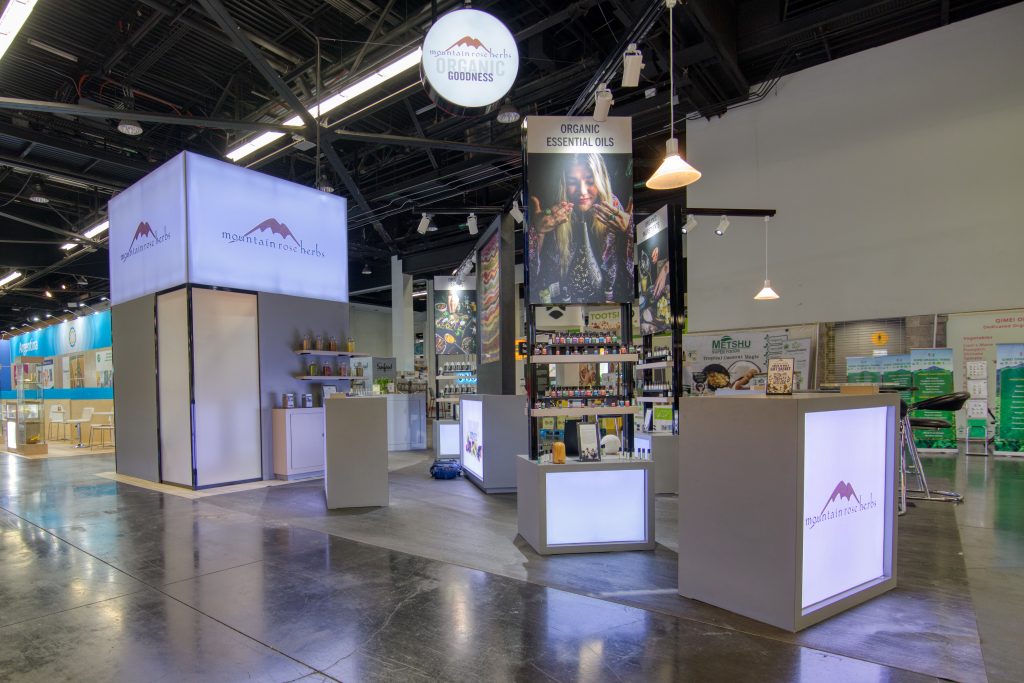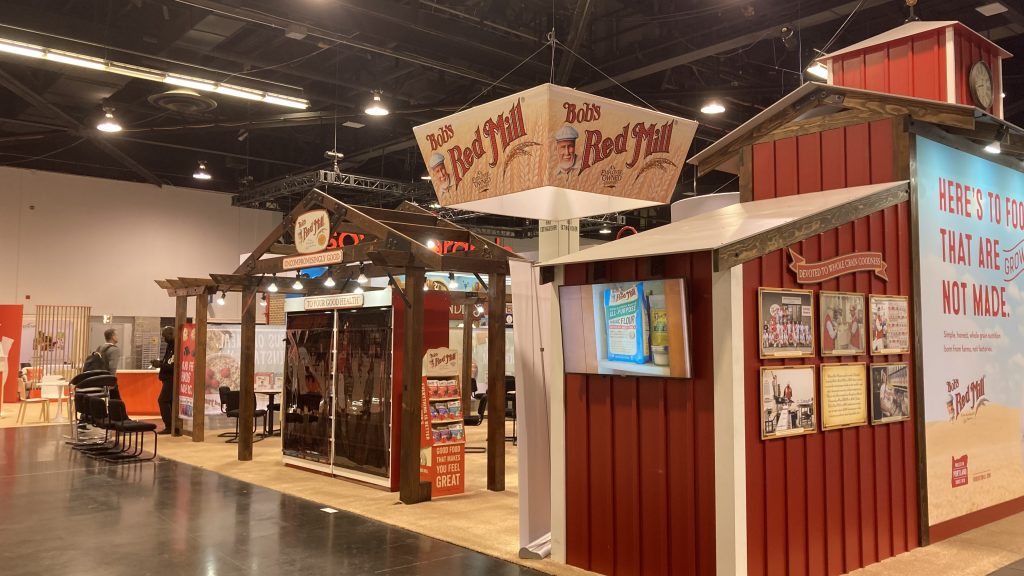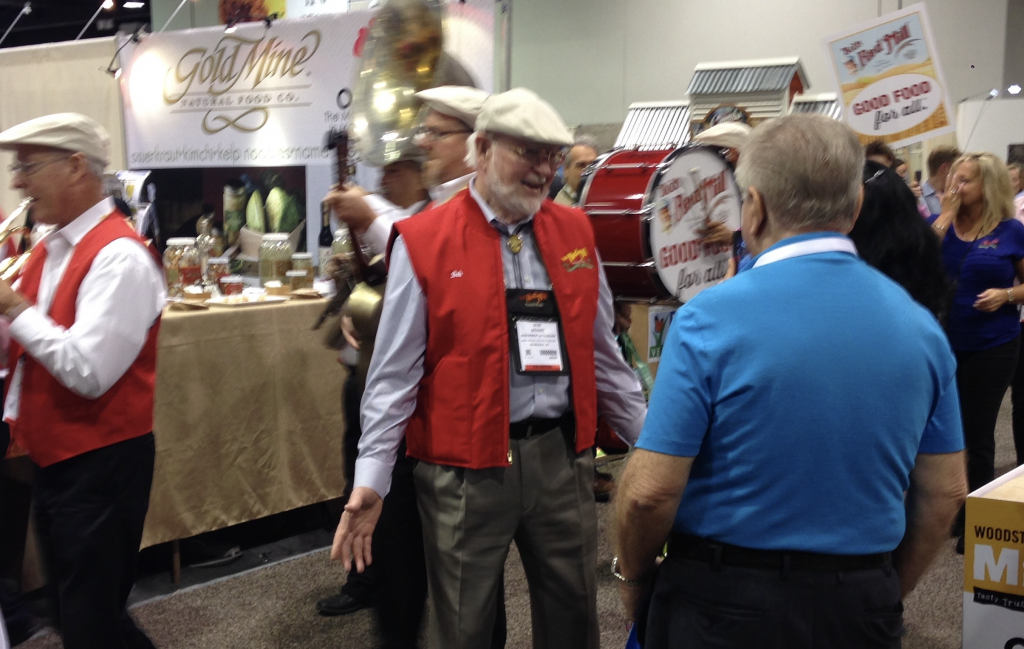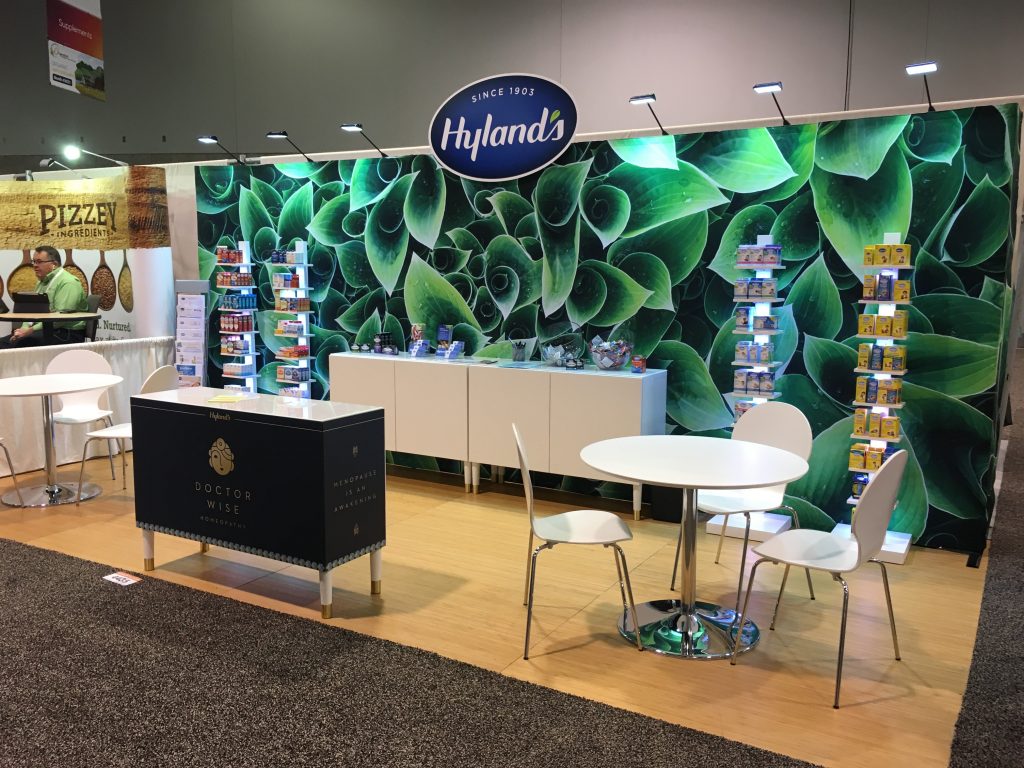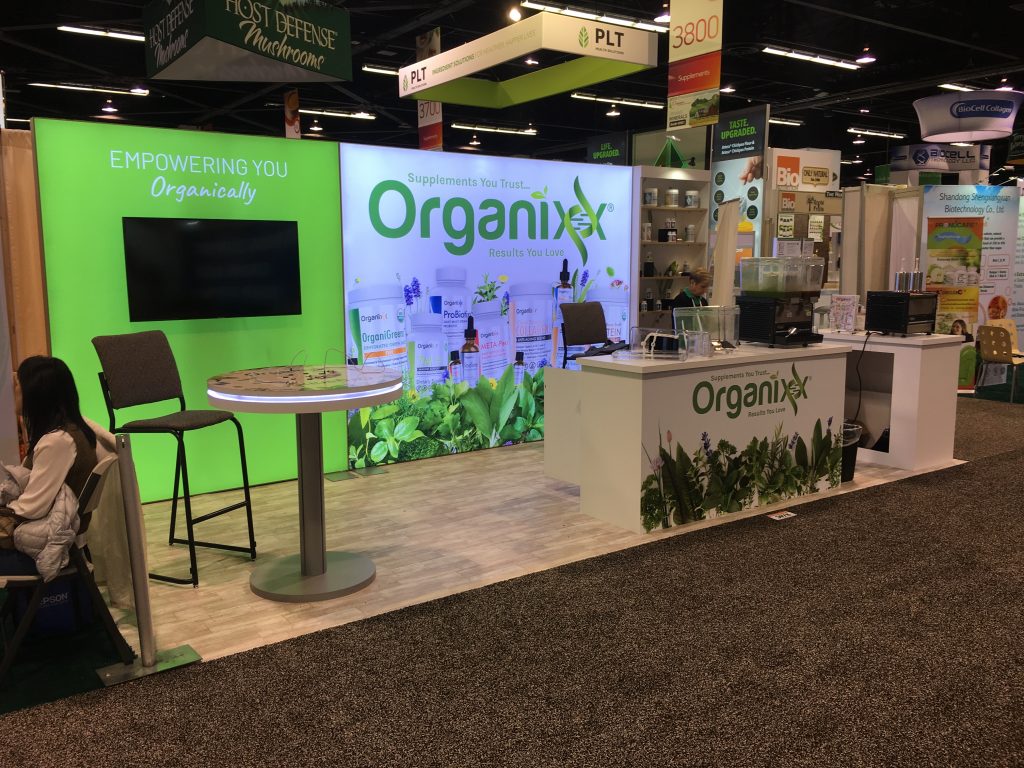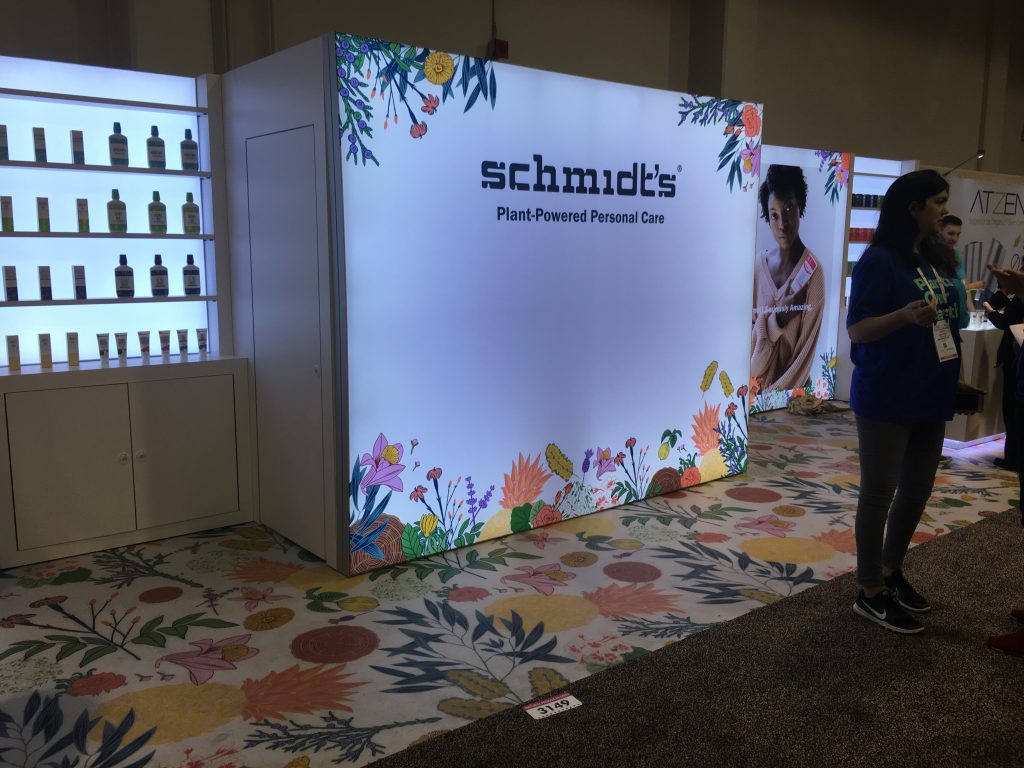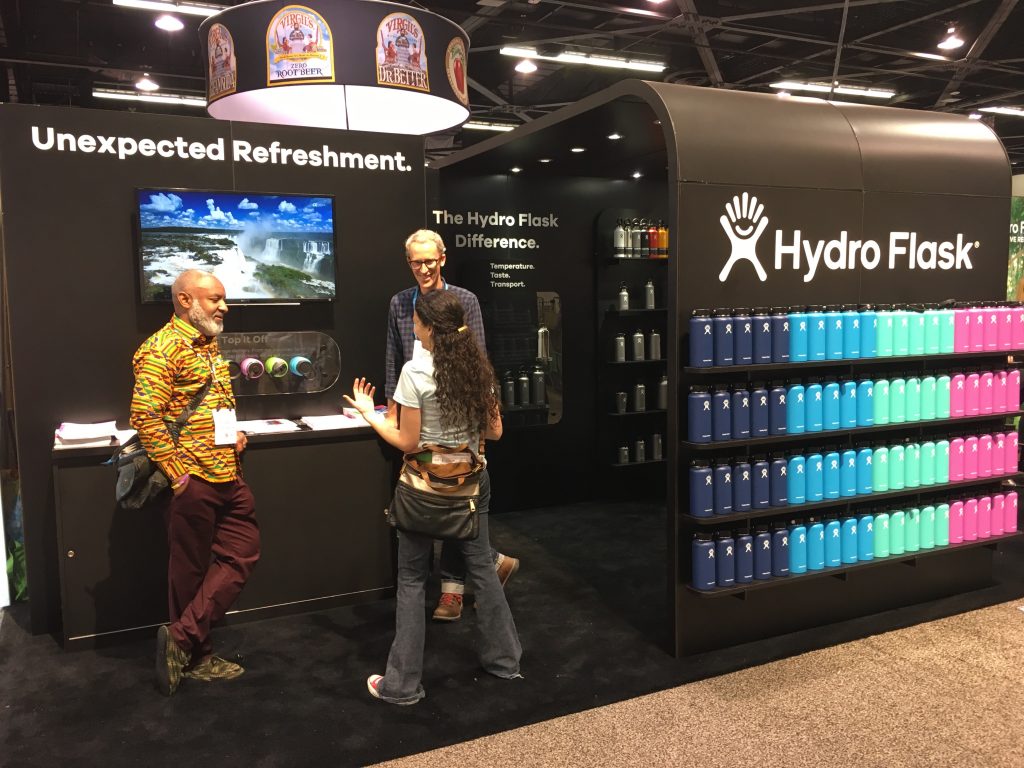A Tribute to a True Pioneer: Bob Moore and a Partnership that Spanned Nearly Two Decades
With a heavy heart and deep respect, I reflect on my 18-year journey with Bob’s Red Mill, a trailblazing healthy food producer based in Portland. The recent passing of its venerable founder, Bob Moore, at the age of 94 marks the end of an era. This piece is a tribute to Bob and to a relationship that defined much of my professional life, starting in 2005 and continuing through thick and thin until today.
My story with Bob’s Red Mill began at the Natural Products Expo West in 2005. At that time, I was with Interpretive Exhibits in Salem, Oregon, and I recall approaching Robert Agnew, the VP of Business Development for Bob’s Red Mill, to tell him about our trade show exhibit design and fabrication services. Little did I know that this encounter would mark the beginning of a remarkable collaboration.
Several months later, Robert’s words, “Give me your pitch,” signaled the start of an exciting chapter. We presented several mock exhibit designs, and soon after, we were entrusted with producing a 20×20 island exhibit for Bob’s Red Mill. This project was the first of many, setting the stage for a long-standing partnership.
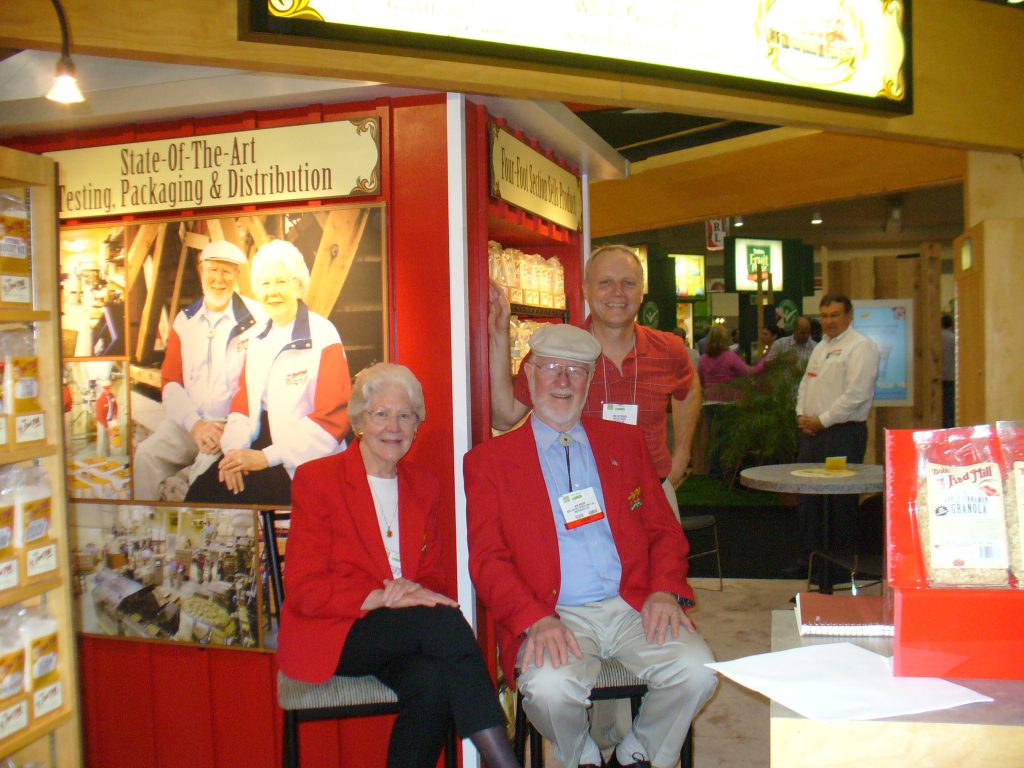
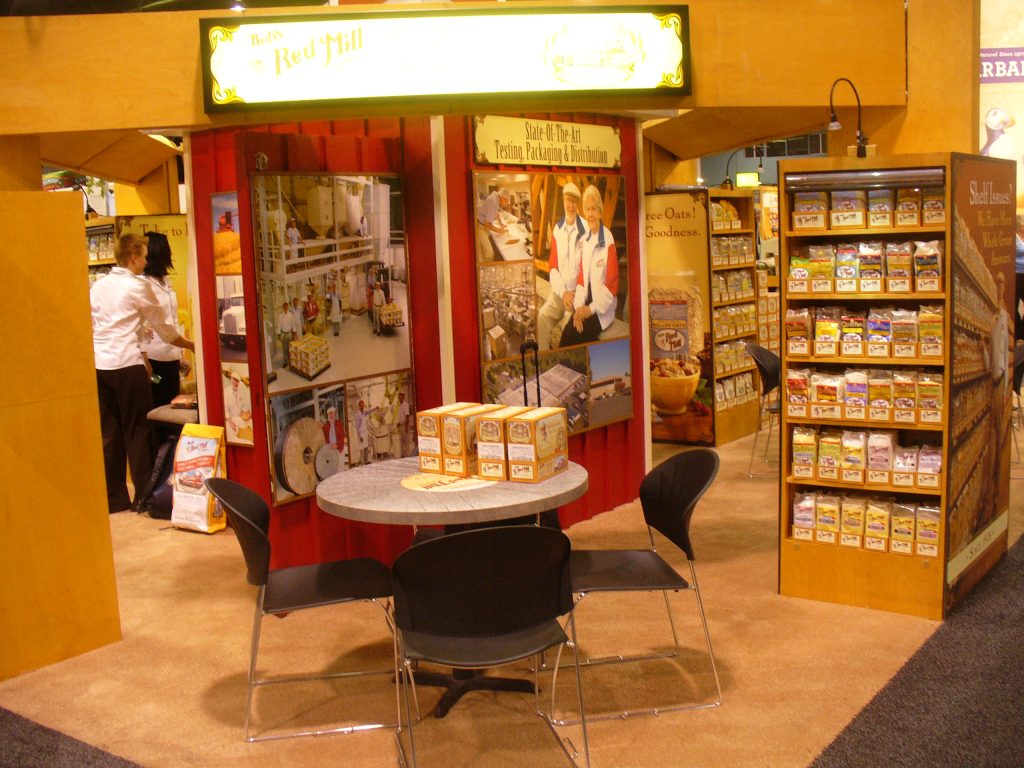
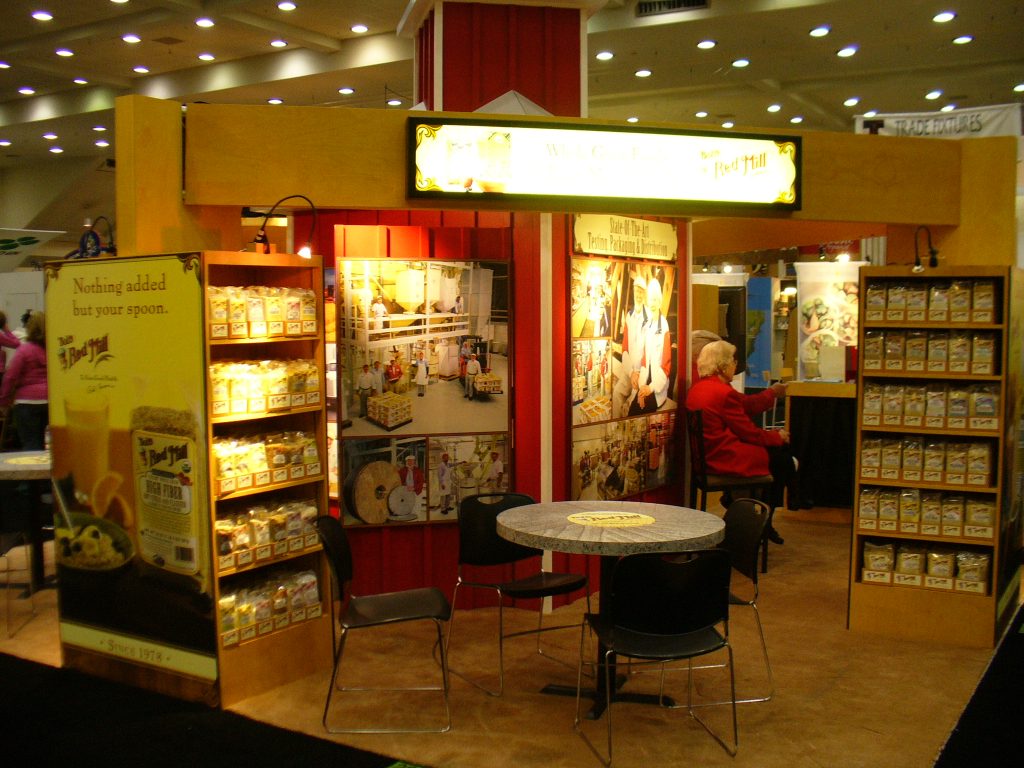
In 2010, when Interpretive Exhibits closed its doors, I embarked on a new venture, founding TradeshowGuy Exhibits. The first significant client to believe in my fledgling company was none other than Bob’s Red Mill. In 2012, they commissioned us to design and fabricate a 30×30 trade show booth. Working alongside designer Greg Garrett and exhibit fabricator Classic Exhibits, we built a booth that made its grand debut at the 2013 Natural Products Expo West Show.
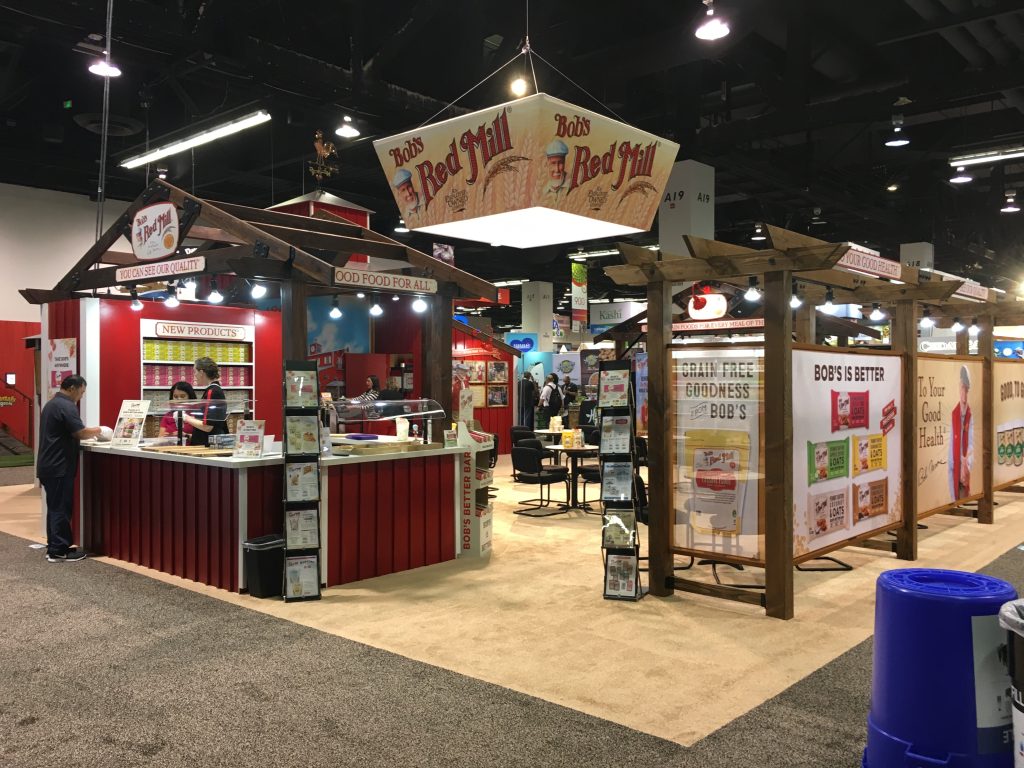
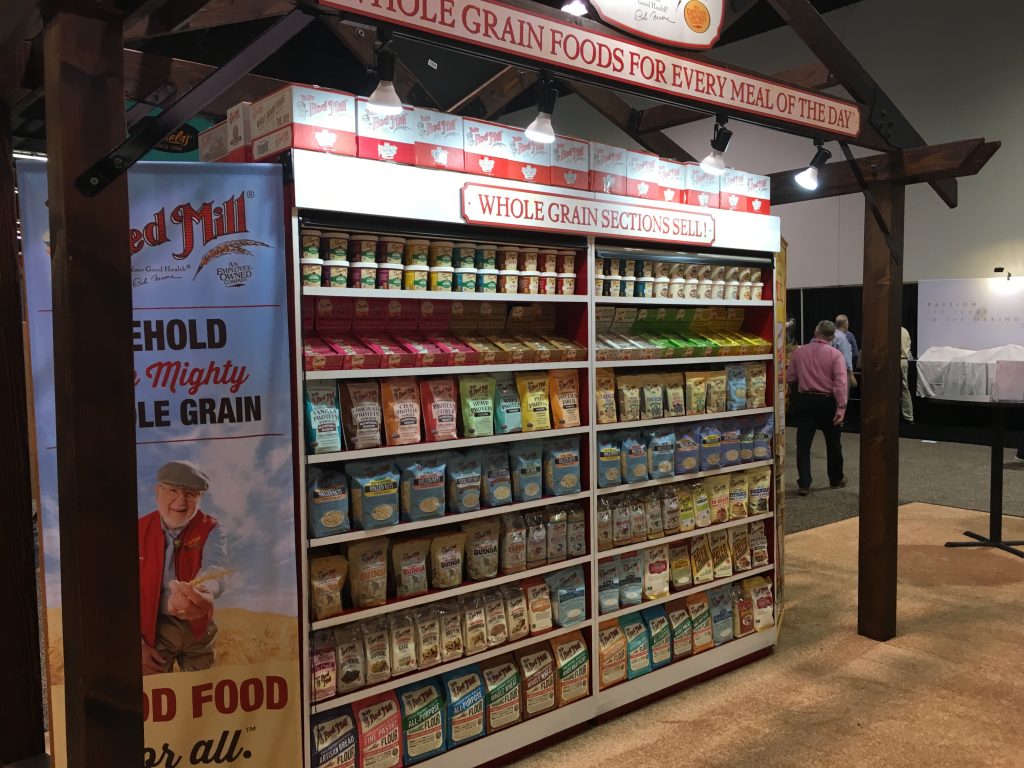
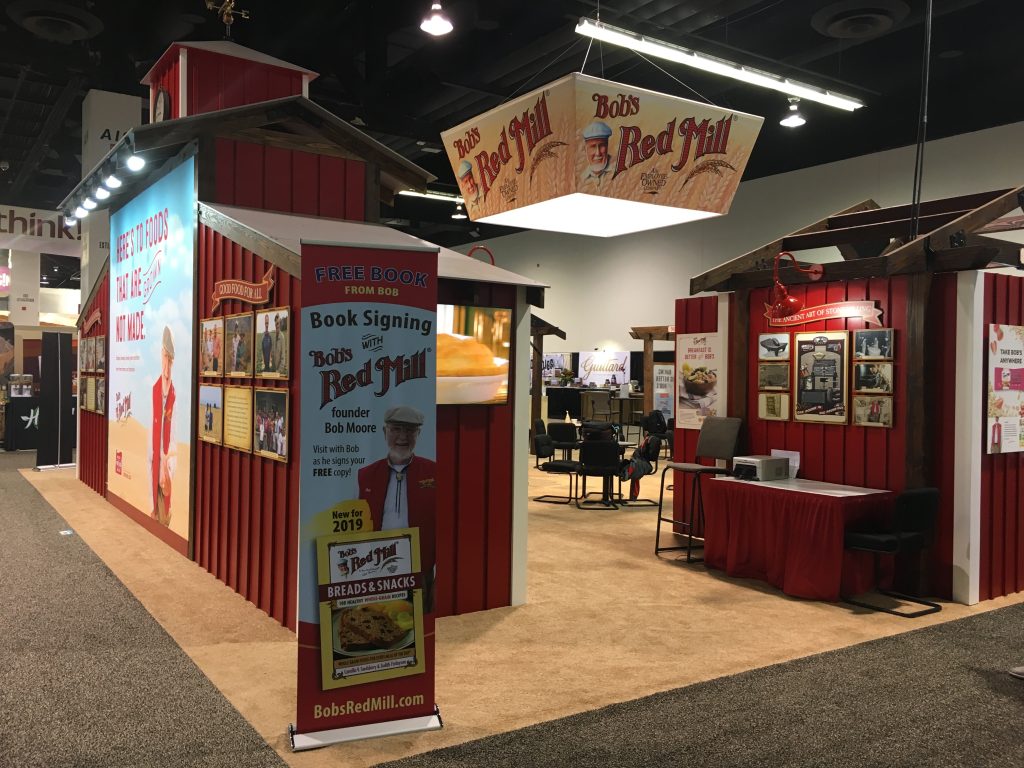
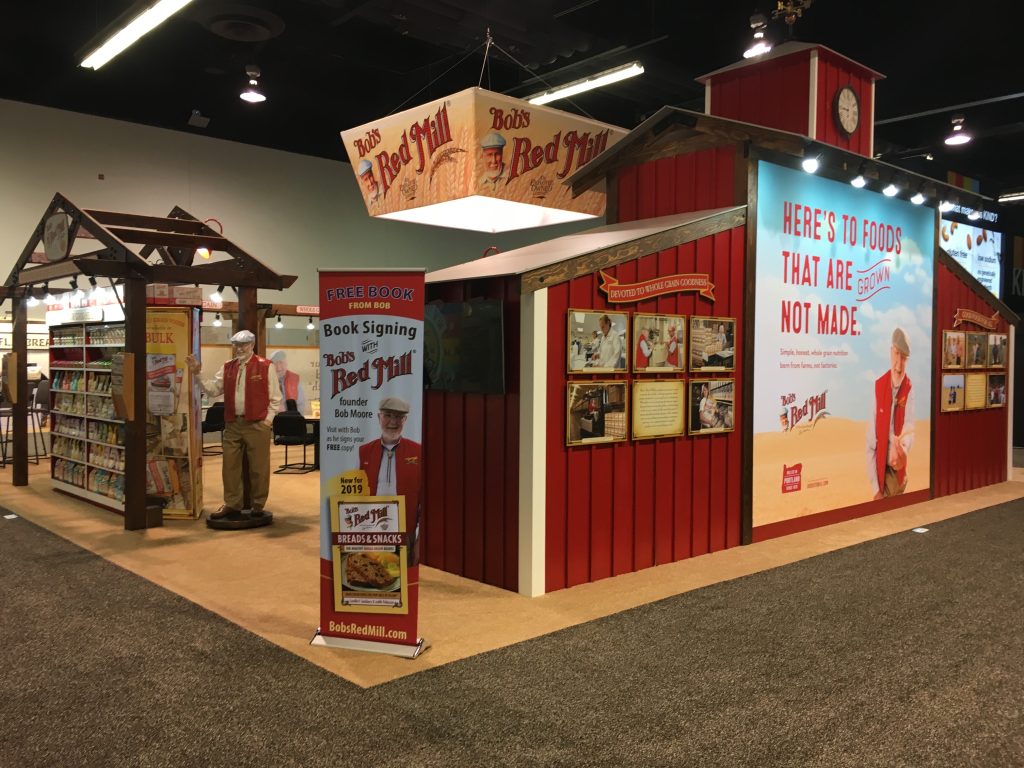
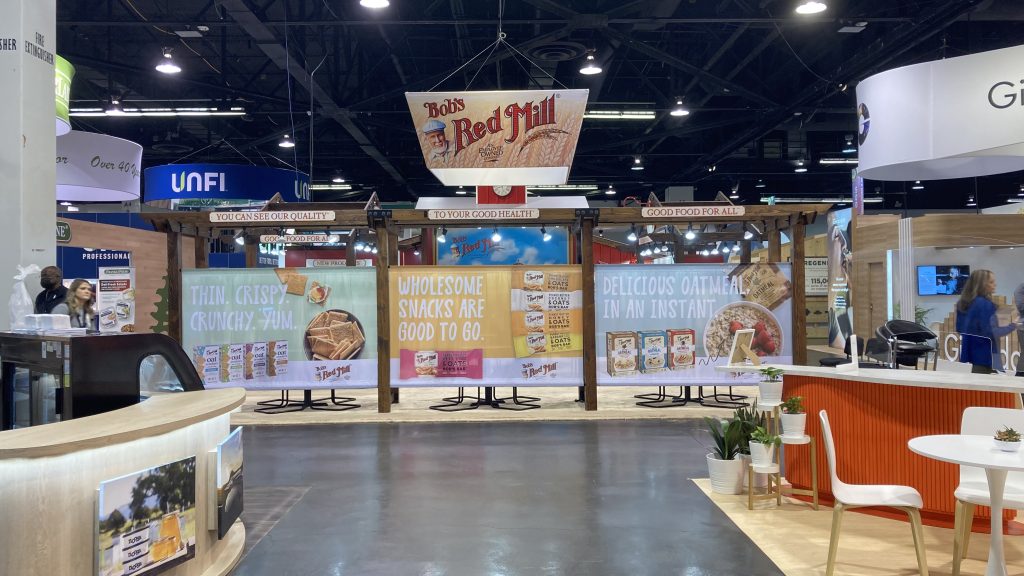
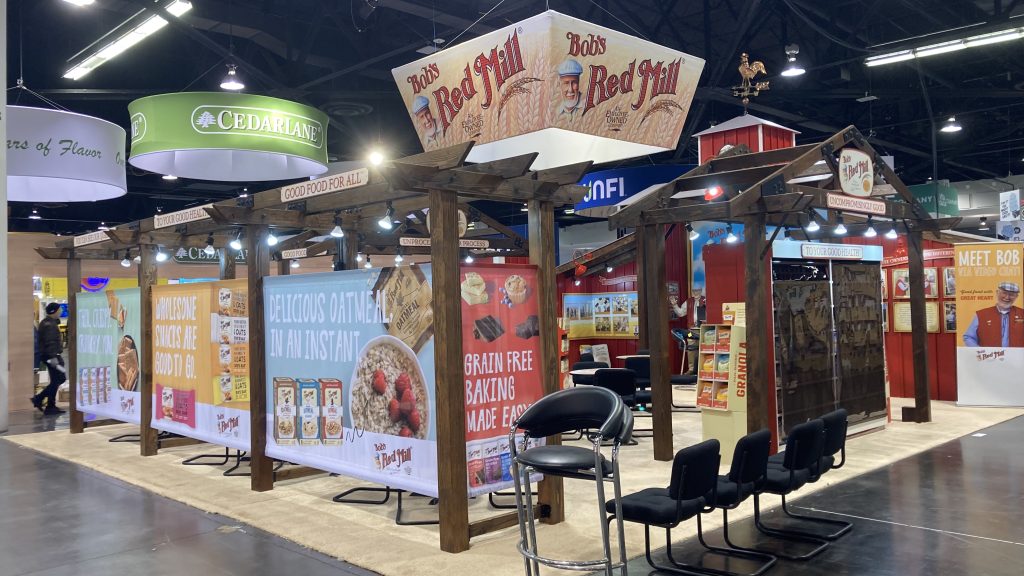
I fondly recall the client walk-through at Classic Exhibits, where Bob Moore himself, along with his marketing team, reviewed our creation. Bob, with his characteristic smile, pulled me aside and said, “This is very impressive.” That moment, for me, was more than just a compliment; it was a validation of our hard work and creativity.
As the years passed, our partnership continued to flourish. Bob’s Red Mill hired us to design and build a smaller 20×20 island booth for some of their smaller show appearances, alongside numerous smaller trade show items like graphic back walls and banner stands.
The 30×30 booth, a testament to our collaborative efforts, was hailed as one of the industry’s ‘most iconic’ brand designs. It served faithfully for a decade before being retired in 2022, a symbol of durability and quality, much like the products and ethos of Bob’s Red Mill.
Bob Moore was more than just a client; he was a pioneer, a visionary, and in many ways, a mentor. His dedication to health, quality, and community was evident in every interaction and every product his company produced. As I reminisce about the past 18 years, I am filled with gratitude for the opportunity to have worked alongside such an inspiring figure and his incredible team. Bob’s legacy is not just in the stone-ground, whole grains he championed, but in the relationships he nurtured and the communities he built.
Here’s to Bob Moore, a true pioneer, whose impact will continue to be felt for generations to come.

